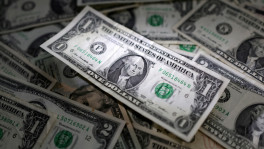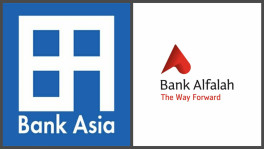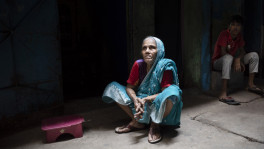India’s growth pangs continue, epidemic likely to hurt it more
The economy grew at 4.7% in Dec quarter, its slowest rate in more than 6 years

India's economy grew at 4.7% in the December quarter, its slowest rate in more than six years, official data showed on Friday, as fears grew that the coronavirus outbreak may throw the global economy into a recession, further pulling down growth prospects in Asia's third largest economy.
While the 4.7% print in December is better the September quarter's initial estimate of 4.5%, the National Statistical Office (NSO) on Friday revised its growth estimates upward for the June quarter to 5.6% and the September quarter to 5.1%, signalling the economy is yet to bottom out.
However, NSO stuck to its earlier projection of 5% gross domestic product (GDP) growth in 2019-20, implicitly assuming that the economy would further slow a tad in the fourth quarter (January-March) to 4.6%.
Finance minister Nirmala Sitharaman speaking at a CNBC-TV18 event said she did not expect a "shocker" of a GDP print. "If the ship is going to be steady and if it's moving forward, I think that's the first sign of doing well in these circumstances. From now, you can be moving with greater confidence."

However, Sreejith Balasubramanian, economist, IDFC AMC, said India's growth could be impacted by the coronavirus epidemic depending on the duration and intensity of both its spread and containment measures across the world. "While India's direct trade linkage to China and Hong Kong is at 9% of total exports and 17% of total imports, supply chain disruptions and lower external demand would add to domestic issues and continued risk-off capital outflows could put pressure on emerging market currencies, although the Reserve Bank of India (RBI) has been shoring up forex reserves," he added.
The economic slowdown in the December quarter was driven by a 5.2% contraction in investment demand compared with a 4.1% decline in the September quarter. Private consumption picked up only marginally in the third quarter growing at 5.9%.
While manufacturing (-0.2%) and electricity (-0.7%) and construction (0.3%) dragged down overall growth, it was the combined public expenditure of both the Centre and states, growing at 9.7% which supported GDP growth in the third quarter. However, with the central government restricting public spending in the March quarter to 25% of budget allocation instead of the earlier practice of 33%, support from public expenditure to GDP may diminish in the fourth quarter.
Devendra Kumar Pant, chief economist at India Ratings pointed out that the slowdown has continued despite Q3 generally being one of the strongest quarters due to the festival season and higher rural spending driven by the kharif harvest. "With no clear sign of economic recovery in the short-run, the classical response would have been a monetary policy action. However with limited monetary policy space, we believe RBI will continue to focus on monetary transmission and the probability of a rate-cut is low," he added.


 Keep updated, follow The Business Standard's Google news channel
Keep updated, follow The Business Standard's Google news channel
















